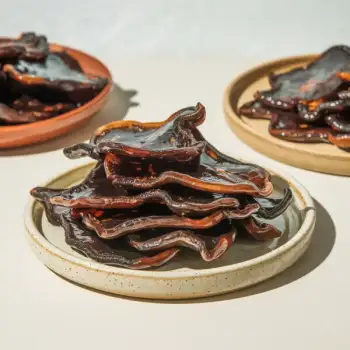


Low-Sodium
A variation of Tamari that contains less salt, suitable for those monitoring their sodium intake while still desiring the full Tamari flavor.
Gluten-Free
While traditional Tamari is already gluten-free, some brands emphasize this aspect to cater to those with gluten sensitivities or celiac disease.
Bottled Liquid
Tamari is most commonly found as a liquid in bottles, ranging from small to large sizes for both home and professional use.




Low-Sodium Tamari: Kikkoman
Gluten-Free Tamari: San-J
Bottled Liquid Tamari: San-J

Glazing: Reduce Tamari on the stovetop with a sweetener like honey or brown sugar to create a sticky glaze perfect for brushing on grilled or roasted meats and vegetables.
Sautéing: Tamari can be used in sautéing to add depth to the flavor of vegetables, tofu, and meats. Add a splash towards the end of cooking to deglaze the pan and create a savory glaze.
Marinating: Tamari is an excellent base for marinades, imparting a rich umami flavor to proteins such as chicken, beef, or tofu. Combine with ingredients like ginger, garlic, and sesame oil, and marinate for several hours or overnight for best results.













